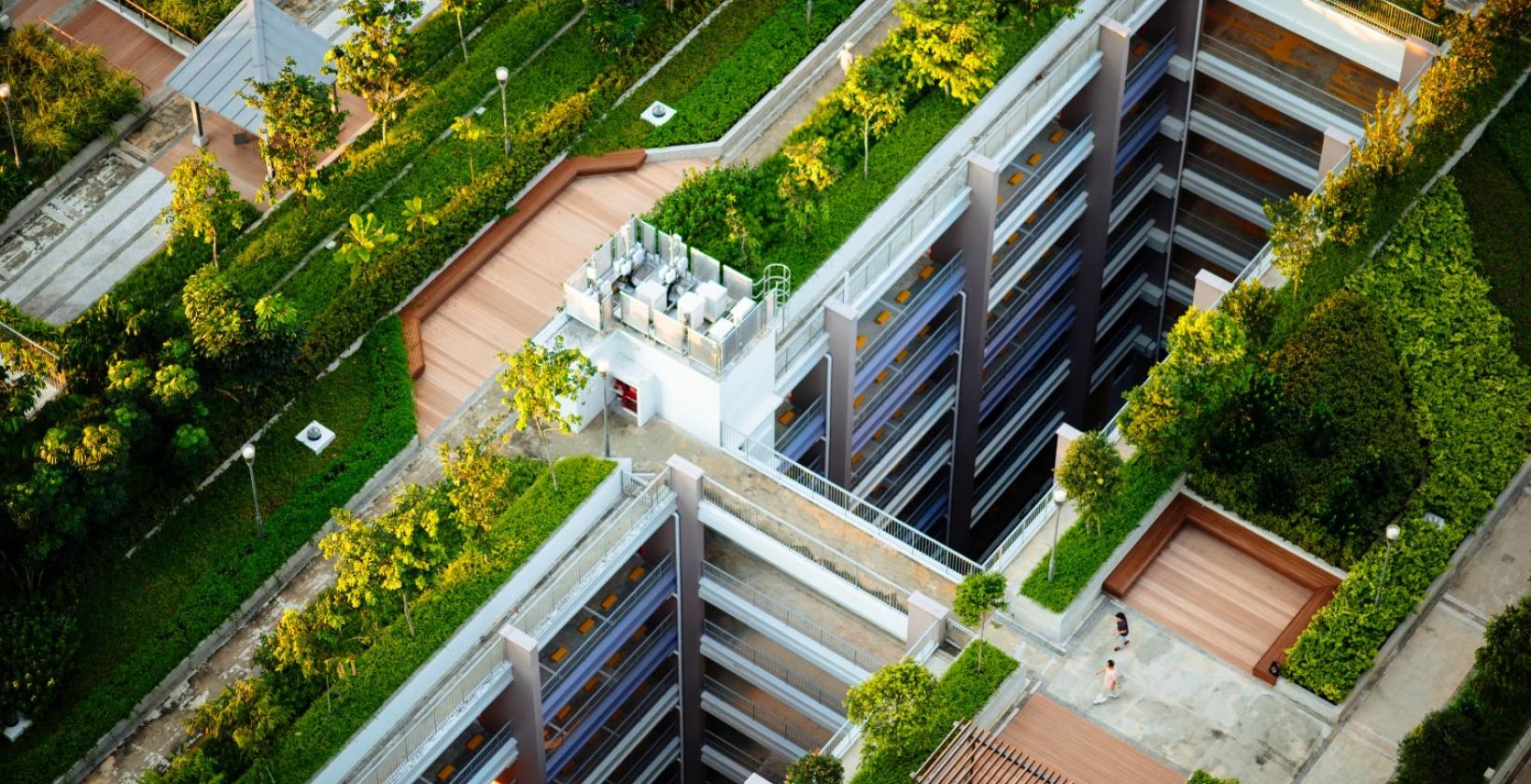City Spotlight
Breathing New Life into 5 Kigali Wetlands to Enhance Climate Resilience and Quality of Life
These formerly degraded sites will soon welcome visitors for recreational and educational opportunities—while alleviating flood challenges for the city.
Image: Rwanda Environment Management Authority
Walking along the paths through the vast Nyandungu Eco-Park in Kigali, Rwanda, it’s difficult to imagine that just years ago, industrial machinery and bedraggled grasses existed where lush trees and flowers now grow. Like in many wetlands across the city, the incursion of polluting industry and human activity had slowly degraded the Nyandungu wetland. As toxic runoff and debris killed off vegetation and clogged the area’s waterways, Nyandungu ceased to be able to perform the vital functions of a wetland: to absorb excess stormwater during periods of heavy rain, and to provide a heathy habitat for local flora and fauna.
But in 2016, the Rwanda Environmental Management Authority (REMA) launched an ambitious plan to rehabilitate Nyandungu as both a functional wetland environment and a public recreational park. Driving this effort was the knowledge that the degradation of Kigali’s wetlands would increase its vulnerability to climate risks. Urban wetlands play a critical role in preventing flooding, addressing pollution and are home to unique biodiversity. As Kigali faces the impacts of climate change, "wetlands have the potential to contribute to building a resilient city, especially through flood control and other ecological functions,” said Christelle Ishimwe, Project Manager for the wetland restoration effort at REMA.
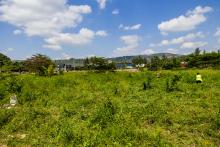
Through a multi-year, US$5 million project, REMA cleared the wetland area of polluting industrial activities, allowing the native fig forest and the streams and ponds of the wetlands to regenerate naturally. Around 150 Kigali residents were employed to plant over 17,000 trees and plants from 55 indigenous species, which now provide a home for native birds and animals. Since the park opened in 2022, over 6,000 people visit each month to run or cycle along the recreational trails, learn about the ecosystem at the educational visitor's center, and simply relax and find respite from the heat among the trees or at the cafe.
Not only has the Nyandungu restoration been a resounding success in and of itself–it also served as proof positive that a similar approach could benefit Kigali’s other struggling wetlands and enhance the city’s overall climate resilience and biodiversity.
In 2024, the REMA officially broke ground on an effort to rehabilitate five other wetlands across the city, spanning nearly 500 hectares. Funded by the Global Environment Facility and facilitated through the World Bank’s 2nd Rwanda Urban Development Project (RUDPII), the Nordic Development Fund (NDF) and the government of Rwanda, this wide-ranging, US$27 million project is projected to benefit over 220,000 Kigali residents with improved flood resilience, enhanced natural ecosystems, and a dramatic expansion of publicly accessible green space.
Drawing from the foundational experience with Nyandungu, REMA is taking a thoughtful approach to restoring this next phase of wetlands. Considering the context and conditions of each area, the city is working to ensure that each wetland is brought back to full functionality, while layering in amenities and features that meet the needs of the surrounding communities. “With rehabilitation works underway, the wetlands are expected to gradually recover,” Ishimwe said. “Restoration involves nature-based solutions that integrate communities, including the development of public and recreational facilities such as walkways, cycling lanes, and botanical gardens, to help reconnect people with nature.”
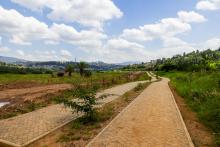
Gikondo wetland, the largest and most degraded of all of the sites, will primarily serve as a conservation and recreation area. The park will serve as a catchment area for rainfall runoff from the surrounding communities, and newly planted indigenous trees and plants will help filter pollution out of the water supply.
At a higher altitude in the city, Rwampara wetland will be restored to absorb and slowly release the large amount of rainwater it collects. Alongside this essential flood management function, Rwampara will also feature a Rwandan cultural hub, with a restaurant offering local dishes, shops with Rwandan products, and an educational center highlighting the country’s history and culture. Home to a flood-prone river, Nyabugogo wetland, downhill from Rwampara, will feature a restored riverbank and a new lake for recreation and increased water storage. These improved waterways will offer a healthier and more supportive environment for birds and amphibians.
In restoring Kibumba wetland, REMA wanted to create a family-friendly educational and recreational facility. Replete with small ponds and a river, Kibumba will be a place where children and families can learn about aquatic life and even try their hand at fishing. To invite visitors in, a green corridor with walking and cycling paths will connect the wetland to the surrounding areas. The restored Rugenge-Rwintare wetland will offer bamboo groves for gathering and relaxing, and new walkway and cycling paths.
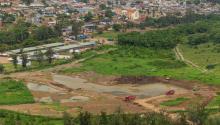
Working to meet the needs of the communities around the wetlands has been essential. Many people had depended on the agricultural and industrial industries that had degraded the wetlands for their livelihoods, so the project set up a multifaceted livelihood transition plan for people affected by the project so they can pursue other opportunities. “For example, some affected people are being organized into cooperatives to strengthen collective capacity. Once they develop business plans, they can receive financial support through the livelihood restoration plan to launch or expand enterprises,” Ishimwe said. “This approach fosters job creation, access to small grants and credit, and ensures long-term sustainability of their businesses and livelihoods.
As the city has navigated heavy, unpredictable rains and other challenges, the all-Rwandan crews of contractors have been working persistently to complete the projects. Once finalized, the city will have five thriving, functional new green spaces that will benefit both residents and the environment.
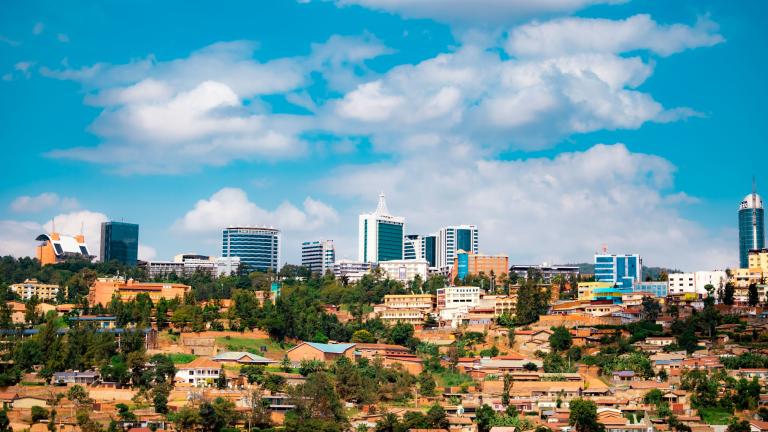
First Rwanda Multilevel Dialogue
The first multilevel dialogue for Rwanda focused on the theme of new-age infrastructure to build flood resilience and enhance biodiversity in Rwandan cities.
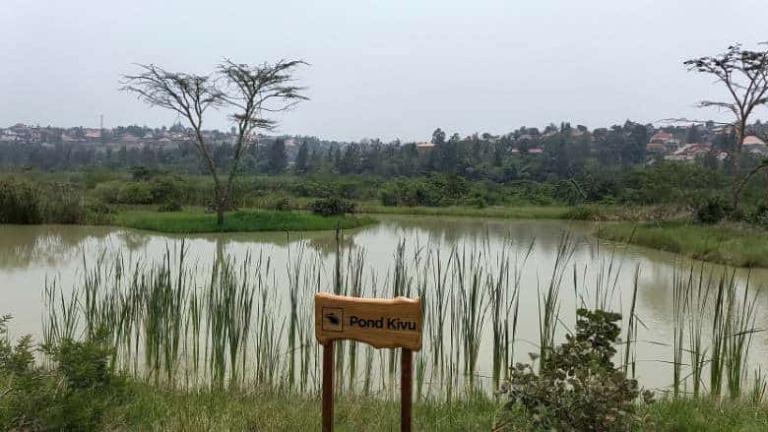
Restoring Kigali’s Wetlands to Accelerate Climate Resilience
Through its effort to restore urban wetlands, Kigali is mitigating its flood risk and emerging as and exemplar for resilient development.

Building City Capacities for Urban Resilience: Three Learning Modules to Tackle Climate Risks
These self-study courses guide city officials through best practices for assessing climate risks and mitigating flood and heat hazards.

After a devastating earthquake, Marrakech plans to build back with resilience
Reflecting on how, with UrbanShift's support, the city of Marrakech is making strides to enhance its urban nature and lower emissions.

